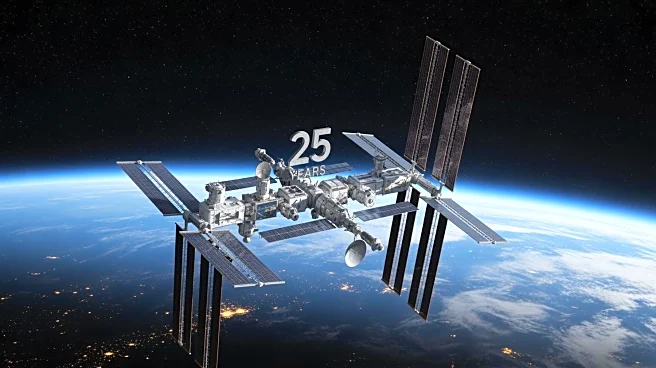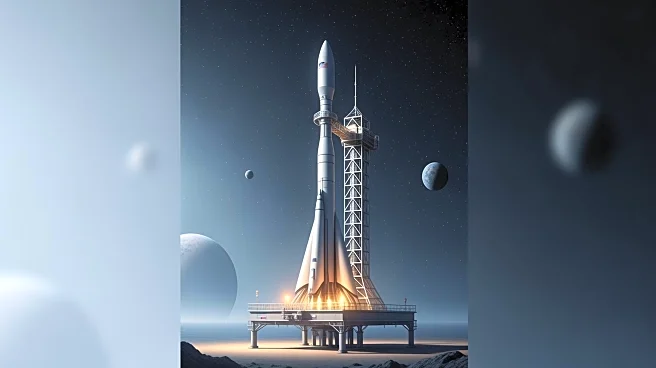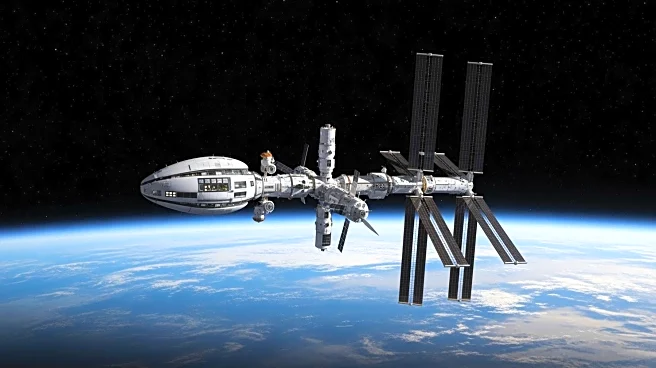What's Happening?
The International Space Station (ISS) marks 25 years of continuous human habitation, having welcomed 290 visitors from 26 countries since its first resident crew arrived in 2000. The ISS, launched in 1998, is the largest and most complex spacecraft ever
built, serving as a symbol of global collaboration and a platform for scientific research. Archaeological research on the ISS has provided insights into how astronauts adapt to life in space, revealing cultural and psychological aspects of space exploration. This research, known as space archaeology, treats the ISS as a cultural site, analyzing how astronauts use and modify their surroundings.
Why It's Important?
The ISS serves as a blueprint for future human habitation on the Moon, Mars, and beyond, highlighting the importance of cultural and psychological adaptation in space exploration. The research conducted aboard the ISS bridges the gap between science and society, demonstrating that the challenges of space exploration extend beyond mechanical issues to include human behavior and culture. The lessons learned from the ISS are crucial as nations prepare to build new habitats in orbit and beyond, emphasizing that living in space is not only about survival but also about creating a sense of belonging.














